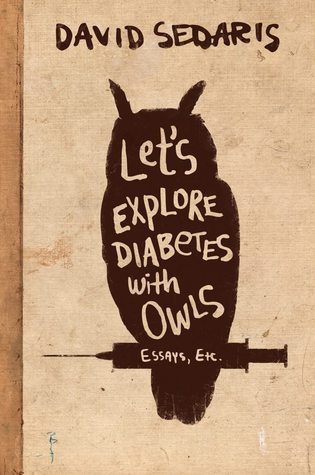
- Handling the Truth: On the Writing of Memoir by Beth Kephart
- The Painted Girls by Cathy Marie Buchanan
- Imperfect Spiral by Debbie Levy
- Looking for Me by Beth Hoffman
- The Time Between by Karen White
- Survival Skills: Stories by Jean Ryan
- Unexplained Fevers by Jeannine Hall Gailey
- Lotería by Mario Alberto Zambrano
- Solving the World’s Problems by Robert Lee Brewer
- The Scabbard of Her Throat by Bernadette Geyer
- The Neruda Case by Roberto Ampuero, translated by Carolina De Robertis
- Six Sisters’ Stuff: Family Recipes, Fun Crafts, and So Much More
- The Gods of Heavenly Punishment by Jennifer Cody Epstein
- Dr. Radway’s Sarsaparilla Resolvent by Beth Kephart
- Joyland by Stephen King
- Seduction by M.J. Rose
- Black Aperture by Matt Rasmussen


 2. Pain, Parties, Work by Elizabeth Winder for
2. Pain, Parties, Work by Elizabeth Winder for 


 7. The Fact of the Matter by Sally Keith, which I purchased from
7. The Fact of the Matter by Sally Keith, which I purchased from 



 About the Author:
About the Author:



